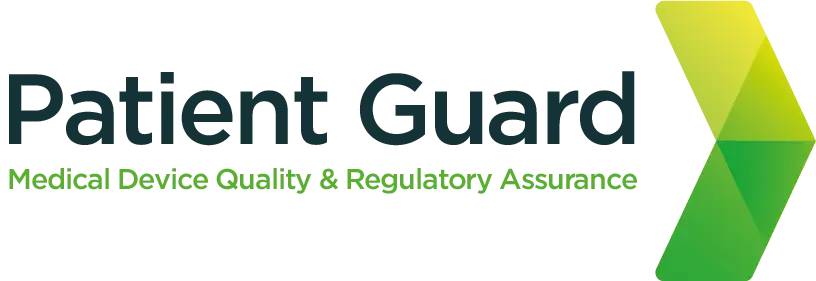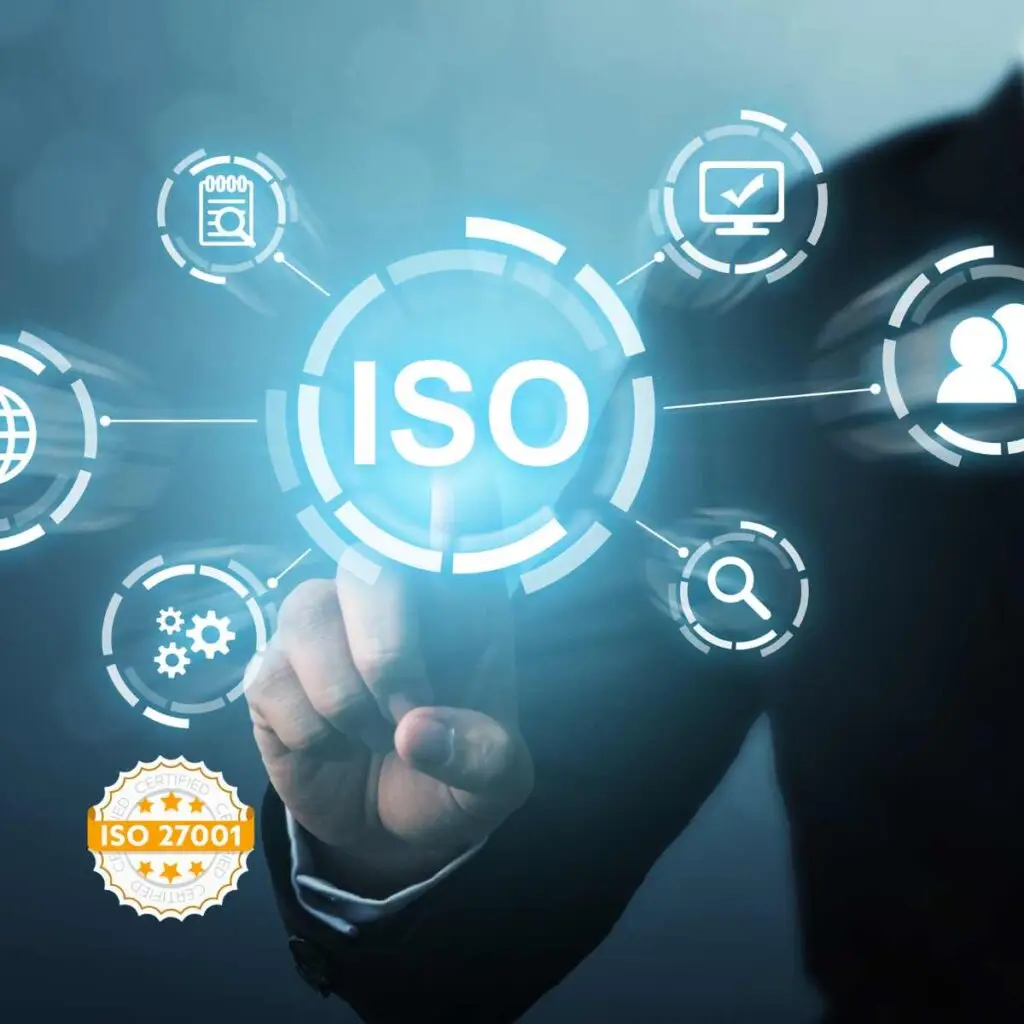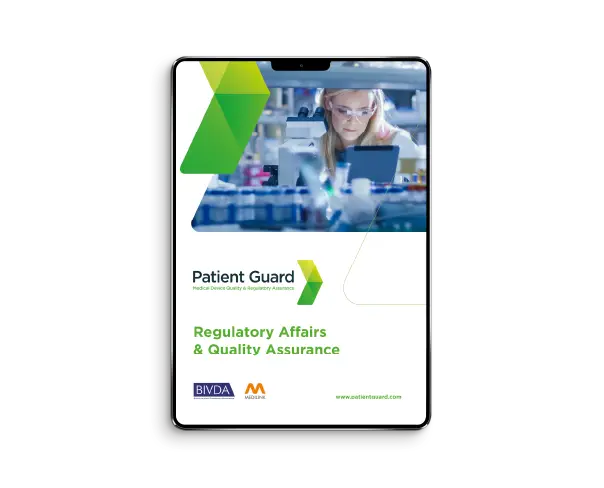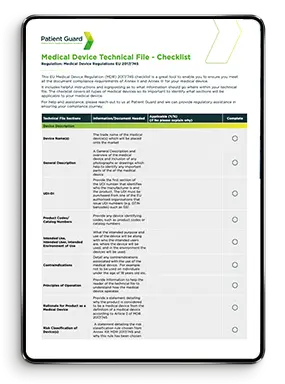What Is ISO 27001?
ISO 27001 is an internationally recognised standard for Information Security Management Systems (ISMS). Developed by the International Organization for Standardization (ISO) and the International Electrotechnical Commission (IEC), it sets out the requirements for establishing, implementing, maintaining, and continually improving an ISMS.
In simple terms, ISO 27001 helps organisations protect their information assets—whether digital, paper-based, or even verbal—from threats like cyberattacks, data breaches, theft, or misuse.
Why Is ISO 27001 Important?
Here are a few reasons why ISO 27001 is a game changer for businesses:
1. Protects sensitive data
From personal health records to financial information, ISO 27001 ensures that your data is confidential, accurate, and available only when needed.
2. Reduces security risks
By identifying vulnerabilities and applying controls, ISO 27001 helps reduce the risk of data breaches, hacking, and unauthorised access.
3. Builds customer trust
Certification to ISO 27001 shows your stakeholders that you take information security seriously—this can be a competitive advantage in sectors like healthcare, finance, and tech.
4. Compliance with laws and regulations
ISO 27001 helps align your organisation with legal requirements such as the GDPR, Data Protection Act, and NIS Directive, reducing your risk of non-compliance.
5. Improves business resilience
With structured risk management and incident response planning, ISO 27001 helps you respond quickly to threats and recover faster from disruptions.
Who Should Use ISO 27001?
ISO 27001 is suitable for organisations of all sizes and industries, especially those handling sensitive or regulated data.
Common sectors include:
Healthcare and medical devices
Financial services
IT and software companies
Legal services
Government agencies
Manufacturers with intellectual property concerns
Whether you’re a start-up or a global enterprise, ISO 27001 can help you manage information risks in a structured and scalable way.
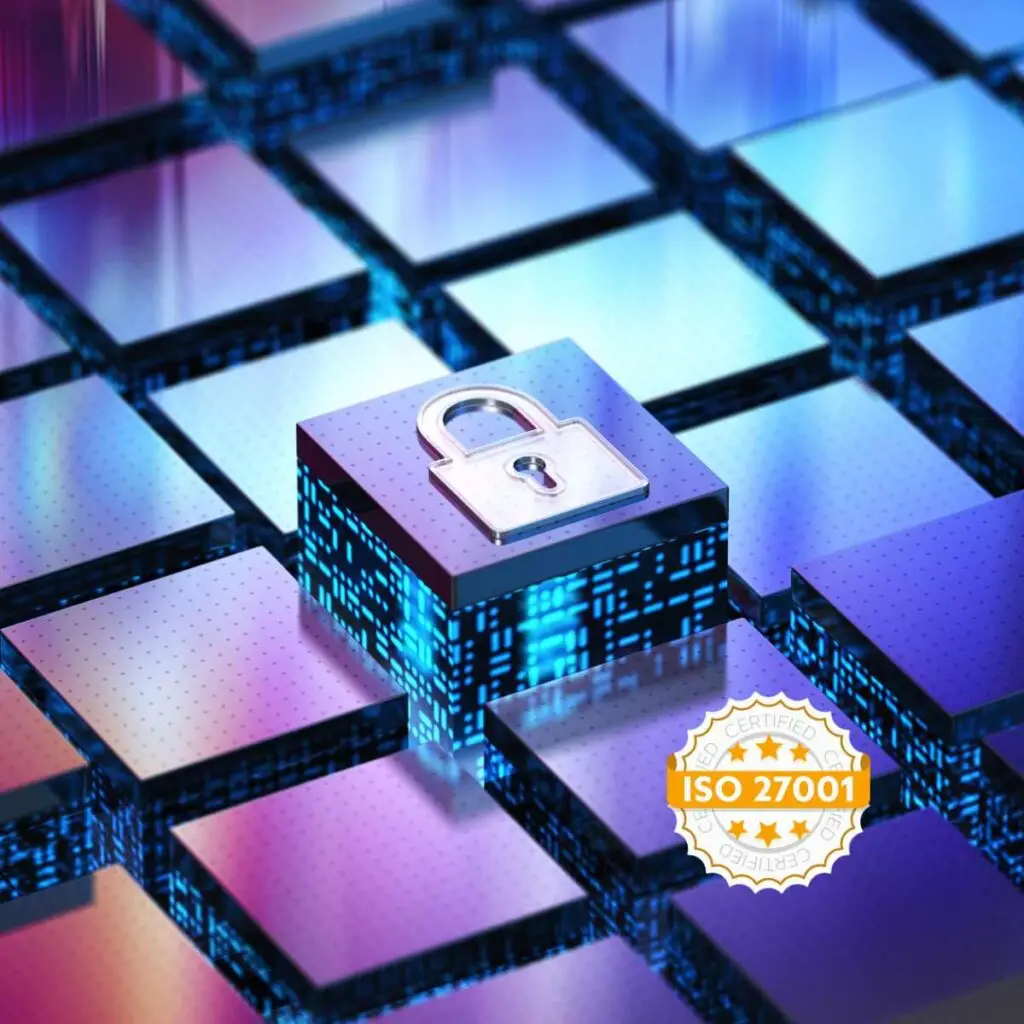
Core Principles of ISO 27001
ISO 27001 is based on three key pillars, known as the CIA triad:
1. Confidentiality
Ensuring that only authorised individuals can access information.
2. Integrity
Ensuring the accuracy and completeness of information and processing methods.
3. Availability
Ensuring that authorised users can access the information they need, when they need it.
What Is an ISMS?
An Information Security Management System (ISMS) is the framework of policies, procedures, and controls you put in place to manage information risks.
It includes:
Risk assessments
Access control policies
Data classification
Incident response plans
Staff training
Internal audits
Continual improvement processes
The ISMS is the heart of ISO 27001. It’s not just about technology—it’s about people, processes, and culture.
Steps to Achieve ISO 27001 Certification
Here’s a simplified roadmap for becoming ISO 27001 certified:
1. Get leadership commitment
Top management must support the implementation of ISO 27001. Without leadership buy-in, your ISMS won’t be effective.
2. Define the scope of your ISMS
What parts of your organisation will the ISMS cover? Is it the entire business or a specific department, like IT or R&D?
3. Conduct a risk assessment
Identify what threats could impact your information (e.g. cyberattacks, human error, system failures), and evaluate their likelihood and impact.
4. Apply security controls
ISO 27001 includes a list of 93 controls (Annex A of the 2022 version) that you can implement to mitigate risks. These range from encryption to access management to physical security.
5. Create policies and procedures
You’ll need clear documentation around how your organisation protects data, manages access, responds to incidents, and trains staff.
6. Monitor and audit
You must regularly monitor your controls, perform internal audits, and review performance to ensure ongoing compliance.
7. Get certified
An accredited certification body will conduct an external audit. If you pass, you’ll receive your ISO 27001 certificate, typically valid for three years with annual surveillance audits.
What’s New in ISO/IEC 27001:2022?
The ISO 27001 standard was updated in 2022. Key changes include:
Fewer control categories: Annex A now groups the 93 controls into just 4 themes—Organisational, People, Physical, and Technological.
Updated language and layout for better readability.
New controls reflecting modern risks, including cloud services, threat intelligence, data masking, and web filtering.
If you’re new to ISO 27001, it’s best to start with the 2022 version, as it reflects today’s cyber landscape.
ISO 27001 and Other Standards
ISO 27001 doesn’t work in isolation. It aligns well with other standards, including:
ISO 9001 (Quality Management)
ISO 13485 (Medical Devices QMS)
ISO 27701 (Privacy Information Management)
GDPR (General Data Protection Regulation)
Many organisations choose to integrate ISO 27001 into their existing QMS to create a unified management system that covers quality, risk, security, and privacy.
Common Challenges for Beginners
Getting started with ISO 27001 can feel overwhelming. Here are some common hurdles and tips to overcome them:
| Challenge | Solution |
|---|---|
| Lack of expertise | Work with a consultant or training partner |
| Limited resources | Start with a small, defined scope and expand over time |
| Staff resistance | Provide training and explain the benefits |
| Complex documentation | Use templates and tools to streamline policies and procedures |
At Patient Guard, we support organisations—especially those in the medical and life sciences sectors—through ISO 27001 implementation, offering guidance, templates, training, and internal audits to simplify the process.
ISO 27001 for Medical Device Companies
If you’re a medical device manufacturer or provide healthcare software, ISO 27001 is particularly relevant:
Helps protect patient data under GDPR and MDR/IVDR
Supports compliance with clinical data systems and health IT security
Enhances trust with hospitals, clinicians, and regulators
A strong ISMS can also feed into your risk management processes, such as those required by ISO 14971 and IEC 62304.
Frequently Asked Questions (FAQs)
It depends on your organisation’s size and complexity, but most SMEs complete implementation within 3–6 months.
It’s not a legal requirement, but it may be contractually required by clients or regulators, especially in sensitive sectors like healthcare or finance.
Yes. Many organisations now use remote tools and services to implement and maintain their ISMS.
Final Thoughts: Is ISO 27001 Right for You?
Whether you’re storing sensitive data in the cloud, handling customer records, or developing healthcare apps, ISO 27001 provides a robust foundation for managing your information security risks.
It’s not just about ticking boxes—it’s about creating a security-first culture that protects your business, your clients, and your reputation.
At Patient Guard, we help businesses navigate the ISO 27001 journey from start to finish. Whether you need gap analysis, documentation support, internal auditing, or certification guidance, our expert consultants are here to help.
Ready to Get Started?
If you’re ready to strengthen your information security and explore ISO 27001 for your organisation, get in touch with the Patient Guard team. We offer expert guidance tailored to your industry and regulatory needs.
Contact us today to book a free consultation or learn more about our ISO 27001 support services.
